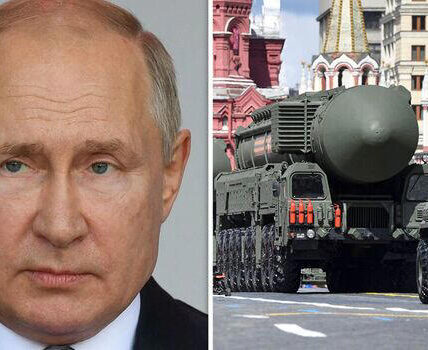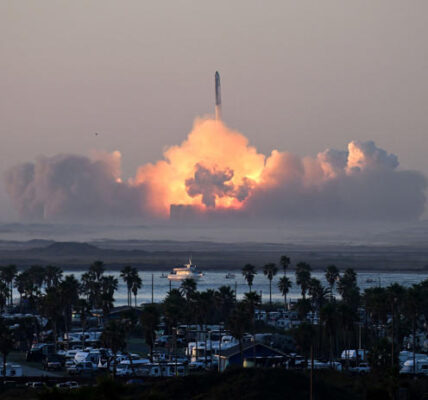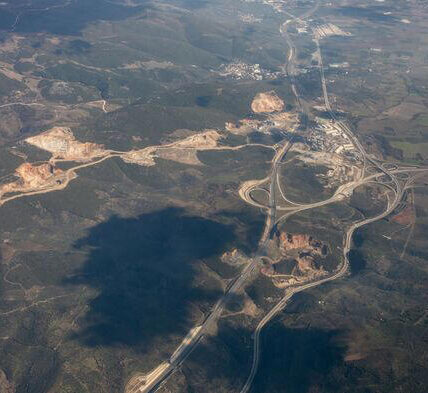Iran Secret Nuclear Programme revealed by the IAEA shows Iran conducted hidden nuclear activities and increased its near weapons-grade uranium stockpile. This report highlights ongoing concerns about Iran’s nuclear ambitions and international responses.

© Atta Kenare, AFP/File picture
Iran Secret Nuclear Programme: What the Latest IAEA Report Reveals
The Iran Secret Nuclear Programme has come under fresh scrutiny following a detailed report from the International Atomic Energy Agency (IAEA). The United Nations nuclear watchdog has uncovered evidence that Iran carried out secret nuclear activities using undeclared material at several sites. This discovery raises serious concerns about Iran’s nuclear intentions and the growing stockpile of uranium enriched to near weapons-grade levels.
Secret Nuclear Activities at Undeclared Sites
The IAEA report reveals that Iran operated a secret nuclear programme involving nuclear material and experiments at three sites that had long been under investigation: Lavisan-Shian, Varamin, and Turquzabad. These activities were not declared to the IAEA, which is required under Iran’s international commitments.
At one of these locations, Lavisan-Shian, uranium metal discs were used in experiments aimed at creating neutron sources. Neutron sources are critical components used to trigger nuclear explosions in weapons. These were described as “small-scale” tests conducted at least twice in 2003.
The IAEA concluded that these three sites, along with possibly other related locations, were part of a structured nuclear programme that Iran carried out secretly until the early 2000s. The programme used nuclear material that had not been declared to the international community.
Hidden Nuclear Material and Contaminated Equipment
The report also points out that nuclear material and heavily contaminated equipment from this secret programme were stored at the Turquzabad site between 2009 and 2018. The storage of such materials without disclosure further adds to concerns about Iran’s transparency and compliance.
Despite years of monitoring, the IAEA still seeks explanations from Iran for traces of uranium found at two of the four sites it has been investigating. This ongoing lack of clarity has led the watchdog to describe Iran’s cooperation as “less than satisfactory” in several key areas.
Increased Uranium Enrichment Stockpile
In addition to uncovering past secret activities, the IAEA report highlights a significant increase in Iran’s stockpile of uranium enriched up to 60 percent purity. This level of enrichment is dangerously close to weapons-grade uranium, which is typically enriched to about 90 percent.
Iran’s current stockpile at this level has grown by roughly 50 percent, reaching about 408.6 kilograms. According to IAEA standards, this amount of uranium, if further enriched, could provide material sufficient for making approximately nine nuclear weapons.
Iran is currently the only country enriching uranium to such a high level without having a nuclear weapons programme, which raises serious international concerns.
International Response and Possible Consequences
The new IAEA findings are expected to prompt the agency’s Board of Governors, which includes 35 member states, to consider adopting a resolution declaring Iran in violation of its nuclear non-proliferation obligations. This would be the first formal finding of non-compliance against Iran in nearly two decades.
Western powers, including the United States, Britain, France, and Germany, plan to use the report to push for such a resolution. This move would almost certainly anger Tehran and could complicate ongoing nuclear talks aimed at limiting Iran’s nuclear capabilities.
The report may also lead to Iran accelerating its nuclear programme further, as it has done in response to previous international pressure.
Iran’s Position and Denial of Weapons Intentions
Iran has consistently maintained that its nuclear programme is purely peaceful and aimed at mastering nuclear technology for civilian purposes, such as energy production and medical uses. Tehran denies Western accusations that it seeks to develop nuclear weapons.
Despite this, the IAEA and various international intelligence agencies, including those from the United States, have long believed that Iran had a secret nuclear weapons programme that was halted in 2003. The new report’s findings suggest that parts of this programme continued covertly for years after.
Regional and Global Implications
The situation has significant implications for global security, especially in the Middle East. Israel, a regional rival of Iran, has called for urgent and decisive international action to prevent Iran from completing its nuclear weapons programme. Israeli Prime Minister Benjamin Netanyahu’s office described the IAEA report as proof of Iran’s determination to develop nuclear arms.
If Iran succeeds in producing nuclear weapons, it could spark a regional arms race, increase tensions, and destabilize already fragile geopolitics in the area.
What Happens Next?
The IAEA Board of Governors is expected to meet soon to discuss the report. They may vote on a resolution condemning Iran’s secret nuclear activities and lack of cooperation. If passed, the matter could be referred to the United Nations Security Council, which could impose sanctions or other measures.
However, such actions may also reduce chances of reviving diplomatic talks between Iran and world powers, especially the United States, which has sought to bring Iran back into compliance with the 2015 nuclear deal (JCPOA). The deal aimed to curb Iran’s nuclear programme in exchange for lifting economic sanctions.
Summary: Iran Secret Nuclear Programme Raises Alarm
The latest IAEA reports bring the Iran Secret Nuclear Programme back into the spotlight, revealing undisclosed nuclear experiments, undeclared materials, and a worrying increase in uranium enriched close to weapons-grade levels. These developments challenge international efforts to monitor and restrict Iran’s nuclear ambitions and raise the stakes for global diplomatic efforts to prevent nuclear proliferation.
As the international community weighs its response, the situation remains tense and uncertain, with the potential for serious consequences for peace and security in the Middle East and beyond.
Related:
Putin Ukraine War Peace Conditions: 5 Powerful Breakthroughs Revealed



